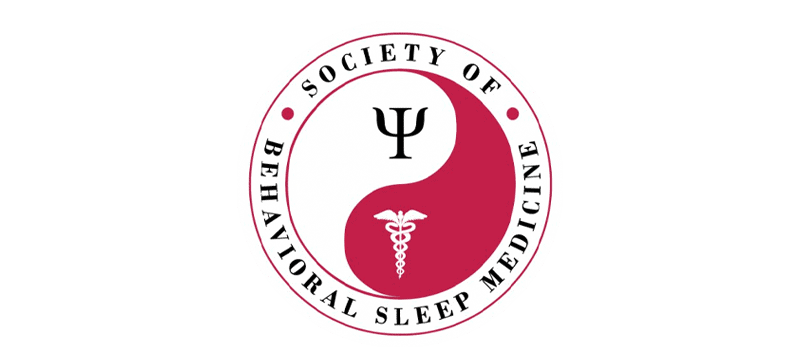Sleep Disorders
Sleep is a pillar of health and is as important as good diet and regular exercise to maintaining a healthy lifestyle.
What is Sleep Apnea?
Sleep apnea is a common condition that causes your breathing to stop for a few seconds to minutes.
This is a significant, potentially life-threatening condition that requires prompt diagnosis and treatment. People with sleep apnea typically snore loudly. Under normal circumstances, snoring is no more than an inconvenience and is not life-threatening. However, it can be the main symptom of sleep apnea. For a person with sleep apnea, breathing stops from ten seconds to more than a minute at a time, and these attacks can occur from five to more than one hundred times an hour during sleep.
Sleep apnea can lead to high blood pressure, stroke, heart attack and/or abnormal heart rhythms. It may also impact your memory.
There are two types of sleep apnea, Obstructive Sleep Apnea (OSA) and Central Sleep Apnea (CSA).
What are the consequences of sleep apnea?
Untreated sleep apnea may cause high blood pressure, stroke, heart attack, and abnormal heart rhythms. The National Commission on Sleep Disorders estimates that 38,000 people die each year because of the untreated cardiovascular complications of sleep apnea.
What are the next steps?
After meeting with a physician, you will have a sleep clinic appointment. Your physician will either order an overnight sleep study at a sleep center or possibly a Home Sleep Apnea Test.
Other Sleep Disorders
What to expect when having a sleep study
A sleep study is similar to an EEG study.
Many signals are recorded throughout the night including brain waves, respiration, oxygen levels, and limb movements. The electrodes are resting on the skin attached by a medical adhesive and tape. These tests begin at night and last through the morning, as would a normal night of sleep.
Home sleep apnea testing may be ordered to look for obstructive sleep apnea. This is a simplified version of an in lab sleep study. Respiratory patterns, oxygen levels, and airflow are recorded. If OSA is found, treatment can begin. If the testing does not show OSA but your physician feels strongly that you have OSA, a more detailed test is performed in the sleep lab.
Treatment Options
- Weight loss helps decrease the severity of sleep apnea. Even losing a little weight makes a big difference.
- Most common treatment option
- Pressurized air goes through the nose to keep the airway open
- Oxygen and carbon dioxide levels return to normal
- Sleep is deeper and more restorative
- Many mask options are available
- Similar to CPAP except two pressures are set – one for inspiration (inhaling), one for expiration (exhaling).
- Some patients with lung disease do better with this device than CPAP.
- Masks are identical to CPAP masks.
- These devices enlarge the airway by pulling the jaw forward. They are effective for mild-to-moderate OSA and generally well-tolerated.
- Surgery is the most effective treatment for snoring, but is not as effective in treatment for sleep apnea in adults. There are many types of surgery available.









